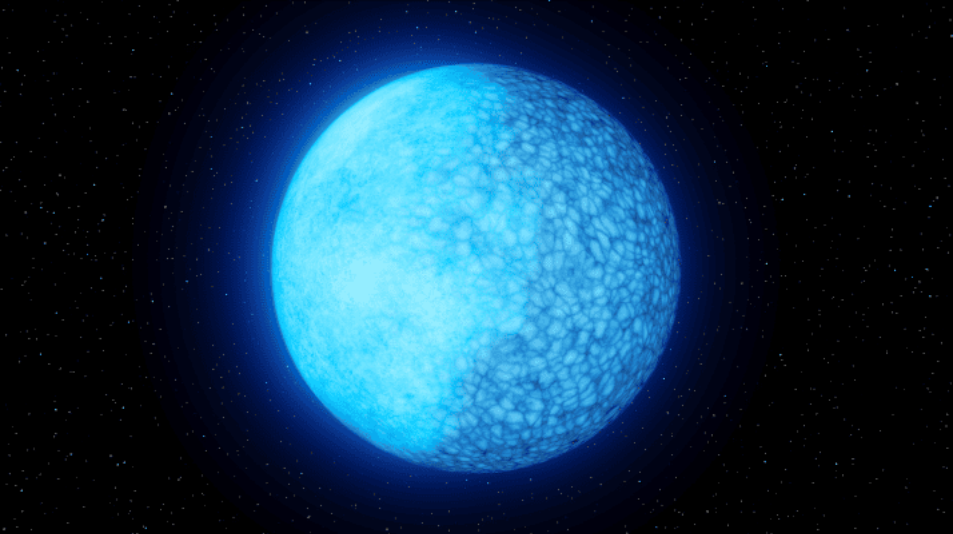
The Janus Phenomenon: A Unique White Dwarf Star with Dual Faces
In the vast expanse of the cosmos, astronomers have stumbled upon a unique celestial object – a white dwarf star that exhibits two distinct faces. White dwarfs, the glowing remnants of deceased stars, usually present a uniform composition. However, this newly discovered entity defies the norm, offering a face of hydrogen and another of helium. This article explores this intriguing discovery, which has been aptly named Janus, after the Roman deity of transition known for its two faces.
The Nature of White Dwarfs
White dwarfs signify the end of a star’s life cycle. This fate also awaits our Sun, but not for about 5 billion years. Stars, during their lifetime, burn through their nuclear fuel. Once exhausted, they expand into a red giant. Eventually, they shed their outer layers. What remains is a glowing core. This core is the white dwarf. These celestial remnants are incredibly dense and hot. They compress a mass akin to our Sun’s into a compact size. Interestingly, this size is comparable to Earth.
The Janus Phenomenon
Janus is a newly discovered white dwarf. It stands out due to a unique characteristic. This star has two distinct faces. One face is composed of hydrogen, and the other of helium. This unusual feature has left researchers astounded. It’s because Janus deviates from the typical structure of white dwarfs. Ilaria Caiazzo, a postdoctoral scholar, made this discovery. She is a research associate in astronomy at the California Institute of Technology. Her team also contributed significantly to this discovery.
The Discovery and Observation of Janus
The initial detection of Janus was made by the Zwicky Transient Facility at Caltech’s Palomar Observatory. The star’s unusual brightness fluctuations caught the attention of researchers during a survey of highly magnetized white dwarfs. Further observations were made using various observatories, revealing Janus’s unique dual-faced nature and composition. The star was found to rotate on its axis every 15 minutes, with one side showing a hydrogen signature and the other a helium signature.
The Mystery of Janus’s Dual Faces
The reason behind Janus’s dual faces remains a mystery. One theory suggests that Janus might be undergoing a rare evolutionary process. As white dwarfs cool over time, the heavier and lighter materials may mix together, leading to a transition from a hydrogen-dominated surface to a helium-dominated one. If this is the case, one side of Janus is evolving ahead of the other. Another theory involves the role of magnetic fields, which could be influencing the pressure and density of the atmospheric gases on Janus.
In summary, the discovery of Janus, the white dwarf star with two distinct faces, opens up new avenues for understanding stellar evolution. While the mystery of its dual faces remains unsolved, the ongoing research promises to shed light on this peculiar phenomenon. As astronomers continue their search for more such unique celestial objects, we can look forward to more fascinating insights into the universe’s wonders.


